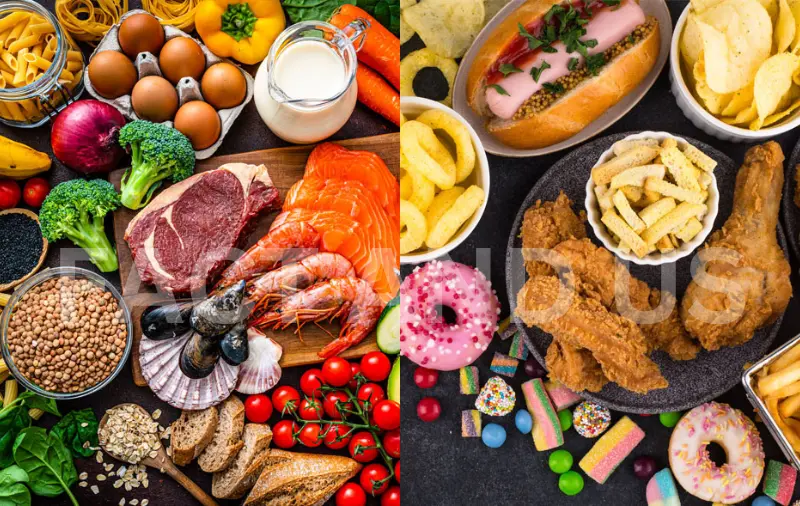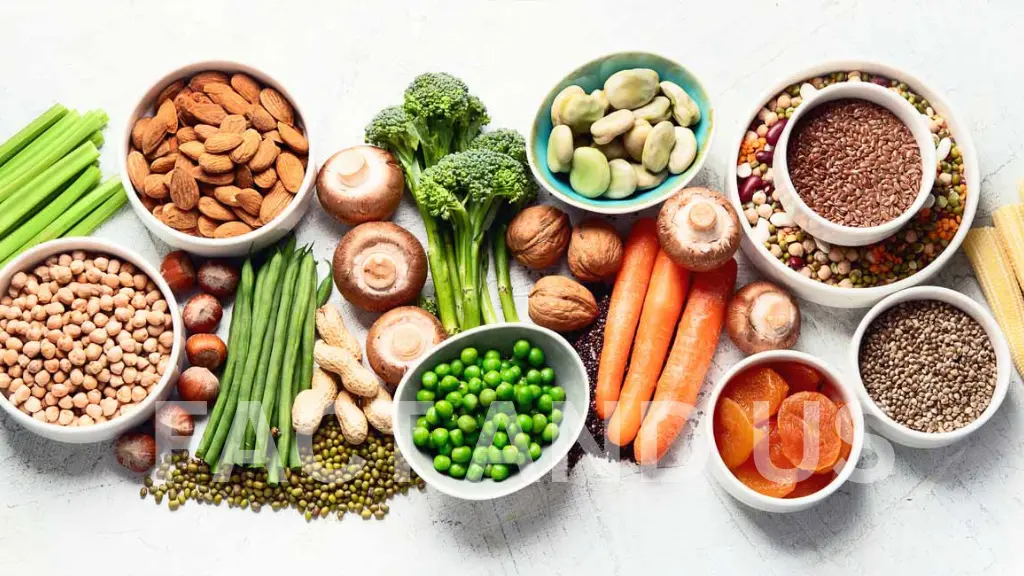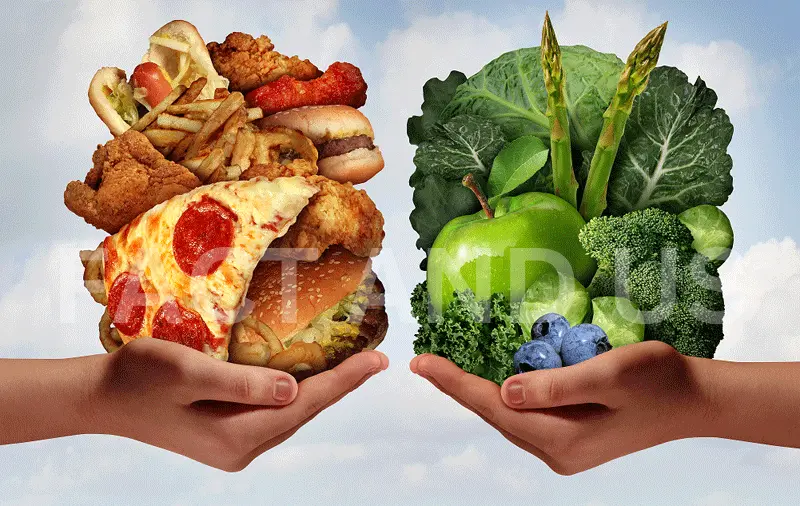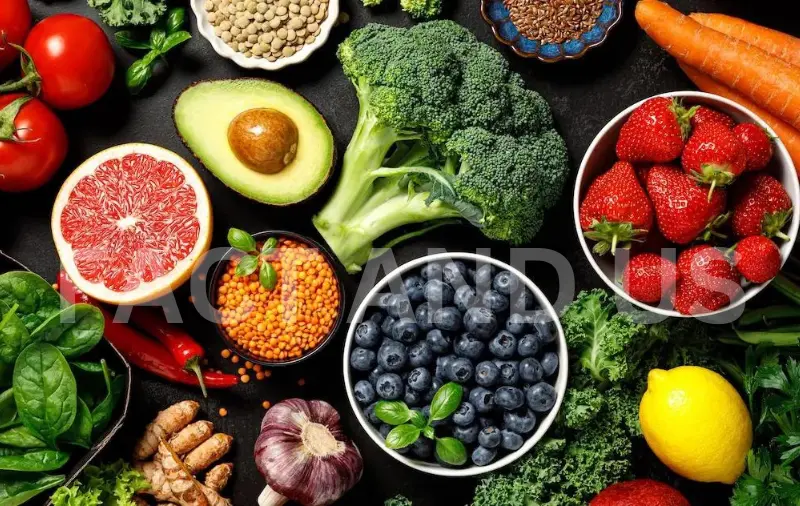Contents
- 1 key point
- 2 Ultra-Processed Foods
- 3 Details on the study of ultra-processed foods
- 4 Why ultra-processed foods are unhealthy
- 5 The importance of overall diet quality
- 6 How to have a more healthy diet
- 7 What is the definition of ultra-processed foods?
- 8 What is new about the study
- 9 Is processed food necessarily bad?
key point
Researchers say overall dietary quality may have a larger influence on risk of death than the consumption of ultra-processed foods.

In their 30-year study, they report that some ultra-processed foods such as ready-to-eat meat products were major contributing factors to mortality.
The researchers add that their work highlights that ultra-processed foods don’t need to be universally restricted, but certain foods should be limited for longer term health.
A diet heavy in ultra-processed foods may increase the risk of mortality among older Americans by as much as 10%, according to new research.
The research tracked the diet and health of over half a million participants over more than 20 years.
The highest level of ultra-processed food consumption was in the younger members of the researcher’s older adult cohort.
Ultra-Processed Foods

Overall dietary quality has a larger influence on risk of death than the consumption of ultra-processed foods. That’s according to research Trusted Source published today in the journal BMJ that states that certain ultra-processed foods are associated with a heightened risk of death. “Our findings suggest that meat/poultry/seafood based ready-to-eat products and sugar sweetened and artificially sweetened beverages are major factors contributing to the harmful influence of ultra-processed foods on mortality, which is in accordance with previous studies,” the study authors wrote.
“The findings provide support for limiting consumption of certain types of ultra-processed food for long-term health. On the basis of our data, limiting total ultra-processed food consumption may not have a substantial influence on premature death, whereas reducing consumption of certain ultra-processed food subgroups (for example, processed meat) can be beneficial,” they added.
Eating ultra-processed food is linked to an increased risk of mortality in older people, an extended new study suggests. People who consumed significant amounts of ultra-processed foods were 10% more likely to die during the study’s long follow-up period than those who did not.
The study drew on data from the US NIH-AARP Diet and Health Study Trusted Source, which tracked the diet and health of over a half million older people. The new analysis included adults ranging in age from 50 to 71 at baseline in 1995-1996, with a median 22.9-year follow-up period.
The researchers scored their diets using the NOVA system, which classifies foods according to the degree and type of processing used in their preparation.

They looked at Healthy Eating Index (HEI)-2015 scores, and not just NOVA processing, and noted that people with higher UPF intake tended to have lower diet quality and a higher BMI. What makes this study noteworthy, in particular, is the two approaches the researchers used to further validate the food frequency questionaries (FFQ): expert consensus and an alternative and novel food-based approach to define UPF intake (grams per day), which was broken down into food codes, then ingredient codes, then classified via NOVA.
The researchers also used two 24-hour diet recalls in a subgroup to calibrate their FFQ risk estimates, which is not standard practice and adds to the potential rigor of the study’s findings. The research was presented this week at the American Society for Nutrition NUTRITION 2024 conference.
Details on the study of ultra-processed foods


The 30-year study tracked the health of more than 74,000 female nurses and 39,000 male health professionals. Every two years participants in the study provided information about their lifestyle and health habits. Every four years the participants also completed a food questionnaire. The overall quality of their diet was then given a score. The researchers reported that those who had an average of seven servings of ultra-processed foods per day had a 4% higher risk of deaths than their peers who had an average of three servings of ultra-processed foods a day.
Those who had the highest consumption of ultra-processed foods also had an 8% higher risk of neurodegenerative deaths. Of the ultra-processed food groups, dairy-based desserts had the strongest association with death from neurodegenerative causes. “Increasing evidence suggests that ultra-processed food is linked to higher risk of central nervous system demyelination (a precursor of multiple sclerosis), lower cognitive function, and dementia. Studies have shown that a diet rich in ultra-processed foods may drive neuroinflammation and impairment of the blood-brain barrier, leading to neurodegeneration,” the study authors wrote.
Why ultra-processed foods are unhealthy
Ultra-processed foods include items such as cake, sugary cereal, baked goods, soft drinks, bacon, chicken nuggets, hot dogs, frozen pizza, and ready-to-eat or ready-to-heat meals. During manufacturing, colors, flavors, emulsifiers and other additives may be added. As a result, many ultra-processed foods can be high in added sugars, salt, and saturated fat. They also can be low in fiber, vitamins, and nutritional value.
In the United States, 57%Trusted Source of the daily energy intake among adults is derived from ultra-processed foods. Among young people, it’s 67%.Trusted Source More than 73%Trusted Source of the food supply in the United States is made up of ultra-processed foods.
The importance of overall diet quality

However, researchers in the new study said that once they had taken overall diet quality into account, the association of ultra-processed foods on death was less pronounced. They said this suggests that dietary quality may have a stronger influence. The researchers argue their study highlights that not all ultra-processed food products should be restricted. Instead, certain kinds of ultra-processed foods such as meat, poultry, and seafood ready-to-eat meals could be limited with the focus being on overall diet quality.
“Diet quality looks at the total overall quality of someone’s diet,” Dana Hunnes, PhD, a senior dietitian supervisor at RR-UCLA Medical Center in California who was not involved in the study, told Medical News Today. “Is it filled with processed and ultra-processed foods or is it filled with non-processed foods such as whole fruits and vegetables, whole grains, nuts, seeds, legumes, etc.
A good-quality/high-quality diet would be mostly non-processed foods, mostly whole foods as they grew from the ground versus ultra-processed foods that are unrecognizable and have been stripped of their nutritional quality (sometimes having it added back in through fortification) and therefore add calories and fat to the diet without the beneficial nutrition qualities of the whole foods (including fiber).”
How to have a more healthy diet

The U.S. Dietary Guidelines for Americans Trusted Source recommends a healthy eating plan that consists of fruits, vegetables, and whole grains as well as a variety of proteins, fat free or low fat milk and milk products, and foods that are low in cholesterol, trans fat, saturated fat, added sugar, and sodium.
Lauri Wright, PhD, the president of the Academy of Nutrition and Dietetics who was not involved in the study, says instead of buying ready-to-eat meals from the store, convenience foods can be prepared at home.“I would recommend preparing meals at home and making ready-to-eat meals from the leftovers,” she told Medical News Today.
The BMJ study is observational, so firm conclusions can’t be made between cause and effect. The study authors say that the classification system of ultra-processed foods doesn’t adequately account for the complexity of food processing, meaning some items could be misclassified.
What is the definition of ultra-processed foods?
According to the NOVA system, natural, processed, and ultra-processed foods are defined as the following:
Unprocessed, or natural, foods come directly from plants or animals without any alteration or processing, apart from transport to the location where they are sold.
Minimally processed foods are similar, except that they have been cleaned and inedible or undesirable parts removed. They may be cut into portions, ground, dried, fermented, pasteurized, cooled, or frozen en route to the table. However, no oils, fats, sugar, salt, or other substances have been added to them.
NOVA also includes a category called Processed Culinary Ingredients, which are substances that have been extracted from natural foods. These include oils, fats, salt, and sugar, and are ideally used in small amounts to season and cook foods without nutritionally degrading the overall quality of the diet.
Processed foods are foods that have been manufactured for consumption using sugar, salt, and oil added to natural foods for flavor, and to help extend their shelf life. They typically have no more than two or three ingredients.
Ultra processed foods, or UPF, are industrial creations shaped mostly from substances, including oils, fats, sugars, and proteins derived from natural foods, along with modified starch and hydrogenated fats, with added coloring, and flavor enhancers. They are inexpensive for the consumer and convenient, and may contain five or (many) more ingredients.
What is new about the study
It is already widely known that a diet heavy in ultra-processed foods can be damaging to one’s health. However, the large number of people in this study — 318,889 men and 221,607 women — and the extended follow-up time are unusual.
Dietitian Kristin Kirkpatrick, MS, RDN, who was not involved in the research, said, “The very long follow-up period is interesting; however, the researchers also note that it’s unclear what was done between the time the data was taken and the follow-up. Did these people make dietary changes? Were there other activities that were risky to overall health? We are unclear on the details.”
Is processed food necessarily bad?

The American diet typically contains a substantial number of foods that span the processing spectrum. “Some of these foods such as breakfast cereals, for example, may even help to fill some nutritional gaps via fortification,” said Kirkpatrick.
However, she said, “Consuming a lot of these foods means not having the opportunity to feed the body with [more] nutrient-dense options.” The result may be a high consumption of calorie-dense foods lacking in nutrition. Kirkpatrick expressed concern regarding an over-dependence on the NOVA classification system for assessing the impact of processed foods.
Stay connected with Fact and US for more such news.
